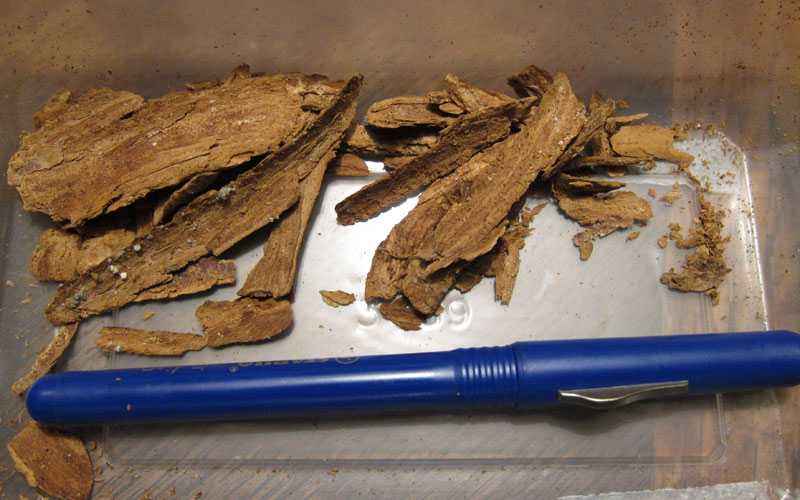Ibogaine is found in the roots of the iboga plant (Tabernanthe iboga), a shrub that is native to western Africa. The root bark contains ibogaine, an indole alkaloid that indigenous populations have used over centuries as a mild stimulant to stay alert while hunting and for ceremonial uses. Alkaloids encompass a diverse group of compounds, with several bioactive ones falling under the category of indole alkaloids. Research on the potential efficacy of indole alkaloids in addressing depression dates back to 1952.
In higher doses, ibogaine induces hallucinogenic effects, described as a lucid or active dream that lasts between four and six hours. Research has shown that the deep, introspective experience many ibogaine users encounter may produce therapeutic benefits.
Early History
In 1901, researchers isolated ibogaine from the plant, and in 1966, they synthesized it.
Years earlier, in 1962, a 19-year-old heroin addict by the name of Howard Lotsof experimented with ibogaine while searching for a new high. Afterwards, Lotsof immediately lost his cravings for heroin, he told the New York Times in 1994. After several of his friends, who were also heroin addicts, successfully quit using ibogaine, Lotsof began a lifelong campaign to develop the substance as an addiction treatment, according to his 2010 NYT obituary.
Potential Benefits
In the mid-1980s, Lotsof convinced a Belgian company to produce ibogaine as a capsule to treat addicts in the Netherlands. Four years later, he received a patent for ibogaine as a treatment for heroin and cocaine addiction. In recent years, the opioid epidemic and a renewed interest in psychedelics has led to increasing interest in ibogaine as a potential treatment for substance-abuse disorders and other mental health issues, including post-traumatic stress disorder. However, ibogaine remains a Schedule I substance in the United States. Those wanting to seek treatment often travel outside the U.S. to place like Mexico where the substance is unregulated.
Risks
Despite its potential therapeutic benefits, ibogaine is not without risks, and its use outside of controlled medical settings has raised concerns due to potential side effects, including cardiac complications. As a result, its legal status varies across different countries, with some permitting its use in supervised medical environments for addiction treatment.
Reported success has led to some efforts for approval in the U.S. with resistance from lawmakers who contend the risks outweigh any potential benefits.
Resources
- The National Library of Medicine
- Science Direct (The Alkaloids: Chemistry and Biology)
- The New York Times
- Nature Medicine

